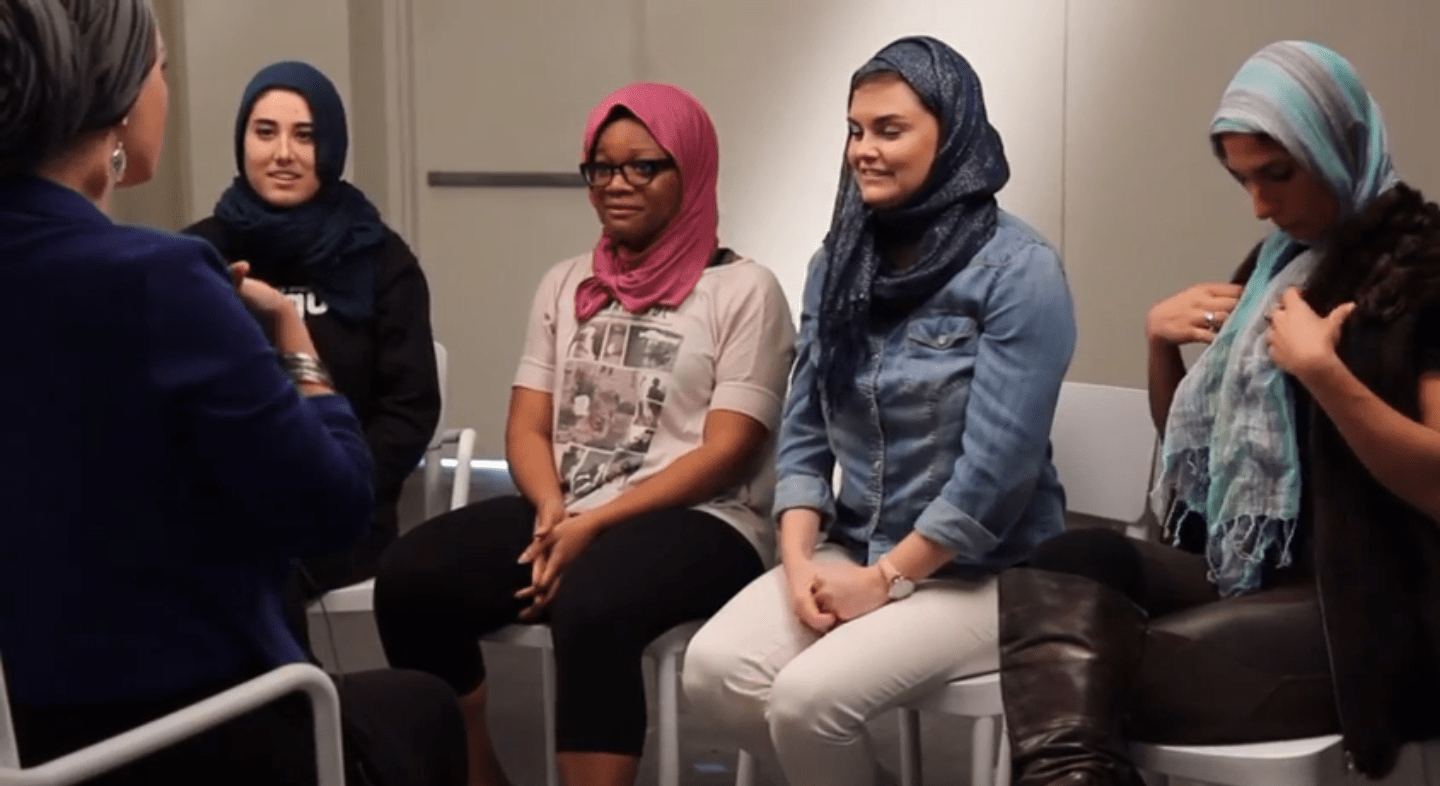Opinion | Muslim Women and the Hijab : To Save or not to Save by Rima ahsissene, Morocco
Hijab: the headscarf worn by some Muslim women
Last week, in France a mother accompanying her son on a field trip in Dijon was publicly and loudly asked to remove her Hijab by a far-right politician of the local assembly[i]. And last month, a teacher in a school in Montreal had two choices either remove the Hijab by September 10 and get a contract or keep it and become ineligible as Bill 21 comes into effect.[ii]. The Bill represents the spread of these laws as Quebec becomes one more place where Muslim women’s dress code is regulated.

Governments and societies have tried to control how women dress for ages and it is still happening. The bans across Europe and now North America are real examples. And they are not that different from the forced Hijab of Iran. These Bans are disguised under the umbrella of banning religious symbols. But, the reality is that they were conceived in a context of Islamophobia and the Hijab being a prominent symbol means they hit Muslim women the hardest. When laws carry a direct impact on women’s lives it becomes a women’s rights issue. One, which begins with the responsibility of asking what kind of effect it has.
A study assessing the effects of the French headscarf ban investigated the impact of the French 2004 ban of religious symbols in public schools and found that the ban had a major negative effect in terms of education as well as labour force participation [iii]. The results showed that while Muslim women’s rate of secondary education attainment had already been lower than that of non-Muslim women the ban aggravated that gap resulting in one more than twice as big. The ban affected the girls that stayed in school as well because they had to repeat a class after losing time during the mediation period or transferring from a public school to a private one. The ban also enlarged the pre-existing gap between Muslim women and non -Muslim women regarding employment by more than a third.
I believe that this disastrous impact the ban had on the education and labour participation of Muslim women, both of which are fundamental rights is worthy of the attention of the women’s rights movement and a feminist approach review. The French 2004 ban might be the only one of which a set of measurable results of the effects is available but that does not mean it is the only one that requires a feminist approach review. The common argument is that these bans have been reviewed from a feminist perspective and have been deemed to be liberating Muslim women. The first problem I see with this argument is that it took no interest in researching the impact these bans will have on the life quality of Muslim women. The second is that the classically adopted feminist approach is flawed.
Kalantry, a Clinal Professor of Law and a big-league -scholar in the field of international human rights explains how the feminist legal theory that asses these laws do not take into consideration that practices can change meaning drastically when undertaken in a different context[iv]. We can understand how the Hijab in a country where it is a legal requirement, and not adhering to it has serious consequences can be seen as a symbol of oppression. But, in the case of countries where there is no legal obligation and where the religious group is a minority in a context of rising xenophobia, the Hijab becomes a completely different symbol. I believe the solution rests in the proposed theory of Kalantry because it solves the issue with the flawed universality when it comes to viewing practices from a women’s rights perspective without putting it at the mercy of cultural relativism. What she suggests is a transnational feminist legal approach which is a theoretical middle ground where the fact that practices can hinder women’s equality in one country but may not have the same impact in another, because practices do change meaning over time and in a different context is factored in.
The act of directing interest towards the impact of the bans and adopting a transnational feminist approach are steps we need to take. However, it is Muslim women that are at the heart of this issue which should mean that it is their voices that should be heard. But, that is the opposite of what happens as Muslim women’s voices often get dismissed because they are seen as victims in need of saving. When they express that Hijab is their choice, the common response is that they have been conditioned so it is not their choice.
The danger of such a concept is that it translates to they cannot make their own choices so we have to make them for them. An example of this is the case of the French ban when the argument given in its defence is that the state is taking measures to emancipate these women. The scary reality of this argument lays in the fact that In France education is compulsory only till 16 while secondary education is till 18 which is a clear sign that the state recognizes the agency of these students but it does not recognize that of a 16-year-old Muslim girl saying she chooses to wear the Hijab. The image of Muslim women as oppressed victims is becoming an excuse for an alarming form of systematic oppression and that has to be stopped.
[i] https://www.nytimes.com/2019/10/19/world/europe/france-hijab-school-trip-mother.html
[ii] https://globalnews.ca/news/5878801/quebec-religious-symbols-ban-teachers-turned-away/
[iii] https://pdfs.semanticscholar.org/f90e/5de465d750c0fe020ccfbdd8118f0bf076b9.pdf
[iv] https://scholarworks.law.ubalt.edu/cgi/viewcontent.cgi?article=2011&context=ublr
*This Op-Ed was written as part of the 2019 YaLa Alumni Opinion Writing Course





Leave a Comment
Want to join the discussion? Feel free to contribute!